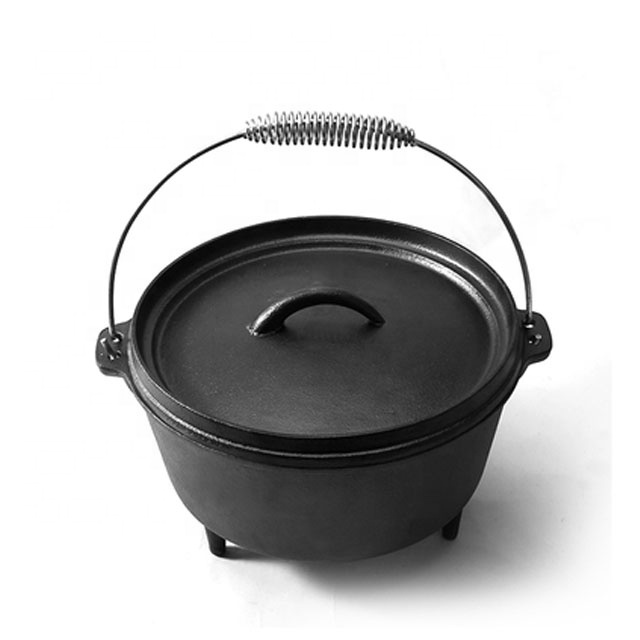
raw cast iron skillet
The Versatility of Raw Cast Iron Skillets A Kitchen Essential
When it comes to kitchen essentials, few items can rival the raw cast iron skillet. Known for its unmatched durability, heat retention, and even cooking, this humble piece of cookware has been a staple in kitchens for centuries. With its sturdy construction and timeless appeal, the raw cast iron skillet not only revolutionizes cooking but also connects us to culinary traditions passed down through generations.
One of the most compelling features of a raw cast iron skillet is its ability to retain and distribute heat uniformly. Whether you're searing a steak, sautéing vegetables, or baking cornbread, the skillet provides consistent heat across its surface. This quality is particularly beneficial for high-temperature cooking methods, like frying, where hot spots can ruin food. The skillet's capability to hold heat also means that meals can be cooked at lower temperatures without sacrificing flavor or texture.
Another remarkable aspect of raw cast iron skillets is their versatility. They can effortlessly transition from stovetop to oven, making them ideal for various cooking techniques. This adaptability encourages creativity in the kitchen; for instance, you can start a dish on the stovetop and finish it in the oven for optimal results. Imagine whipping up a savory frittata or a delectable upside-down cake—both are possible with the trusty cast iron skillet.
raw cast iron skillet

While many modern cookware options boast non-stick coatings, a raw cast iron skillet offers a unique, natural non-stick surface when seasoned correctly. Seasoning is the process of treating the skillet with oil to create a layer of polymerized fat that fills in the microscopic pores of the cast iron. This not only helps prevent food from sticking but also imbues your dishes with a rich, distinct flavor. Regular use and seasoning enhance this non-stick surface over time, making your skillet increasingly effective.
Caring for a raw cast iron skillet is simple, yet it's a ritual that some may find daunting. A common misconception is that cast iron cannot be washed with soap; while it's true that excessive soap can strip away seasoning, a gentle wash with mild soap and water is perfectly acceptable. After washing, thorough drying and re-oiling the skillet will keep it in tip-top shape.
Moreover, raw cast iron skillets are incredibly durable, outlasting many contemporary cookware options. With proper care, they can be passed down as family heirlooms, each skillet carrying stories of countless meals and memories. Unlike non-stick pans that may scratch and wear out over time, cast iron only improves with age.
In conclusion, the raw cast iron skillet is not just a cooking tool; it's a timeless piece that enhances culinary experiences. Its heat retention, versatility, natural non-stick properties, and durability make it an invaluable addition to any kitchen. Whether you're a novice cook or a seasoned chef, embracing the raw cast iron skillet will undoubtedly elevate your cooking game, bringing tradition and quality back to the heart of the home.
-
Season Cast Iron Perfectly with GPT-4 Turbo TipsNewsAug.01,2025
-
High Quality Cast Iron Cookware - Baixiang County Zhongda MachineryNewsAug.01,2025
-
Premium Cast Iron Pan: Durable & Perfect HeatNewsAug.01,2025
-
High Quality Kitchen Durable Black Round Cast Iron Cookware Pancake Crepe Pan-Baixiang County Zhongda Machinery Manufacturing Co., Ltd.NewsAug.01,2025
-
Cast Iron Cookware - Baixiang County Zhongda Machinery | Nonstick, Heat ResistanceNewsAug.01,2025
-
High Quality Kitchen Durable Black Round Cast Iron Cookware - Baixiang County Zhongda Machinery | Non-Stick, Heat Retention, DurableNewsJul.31,2025


